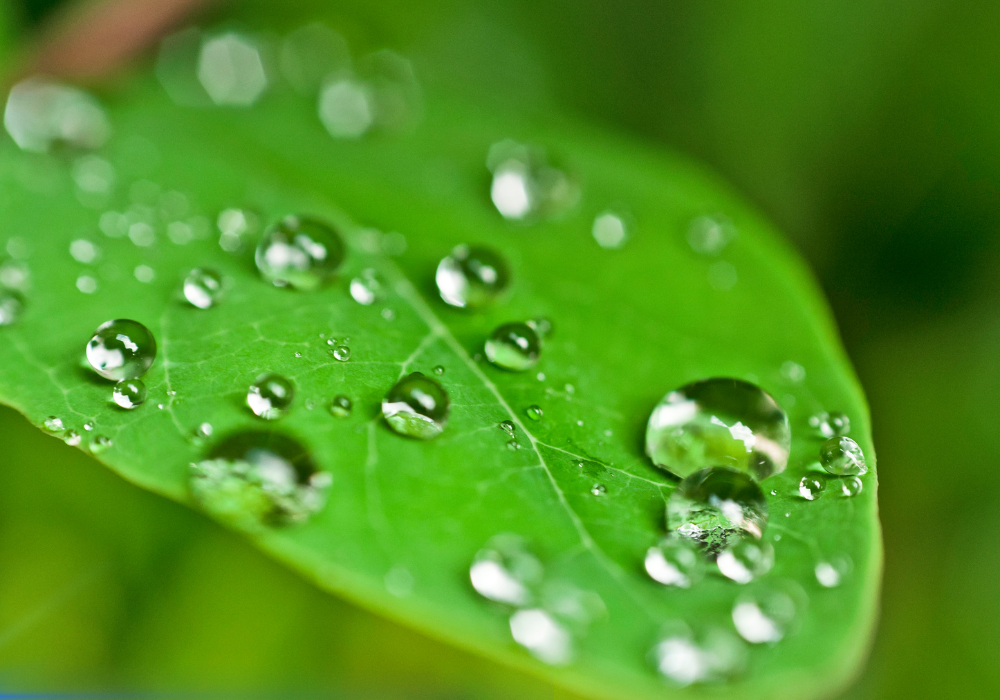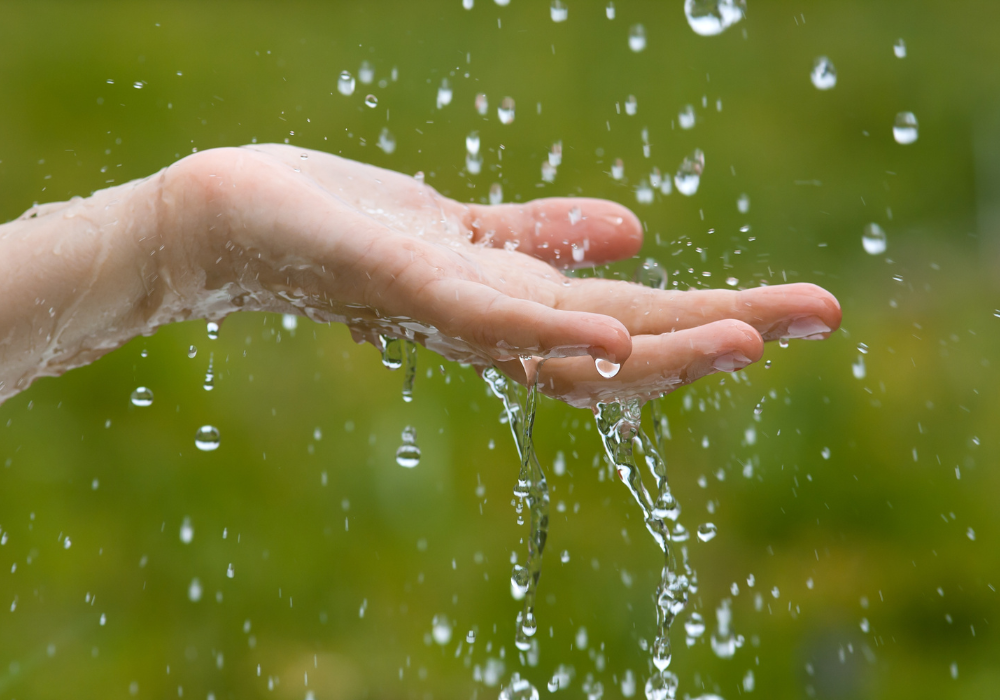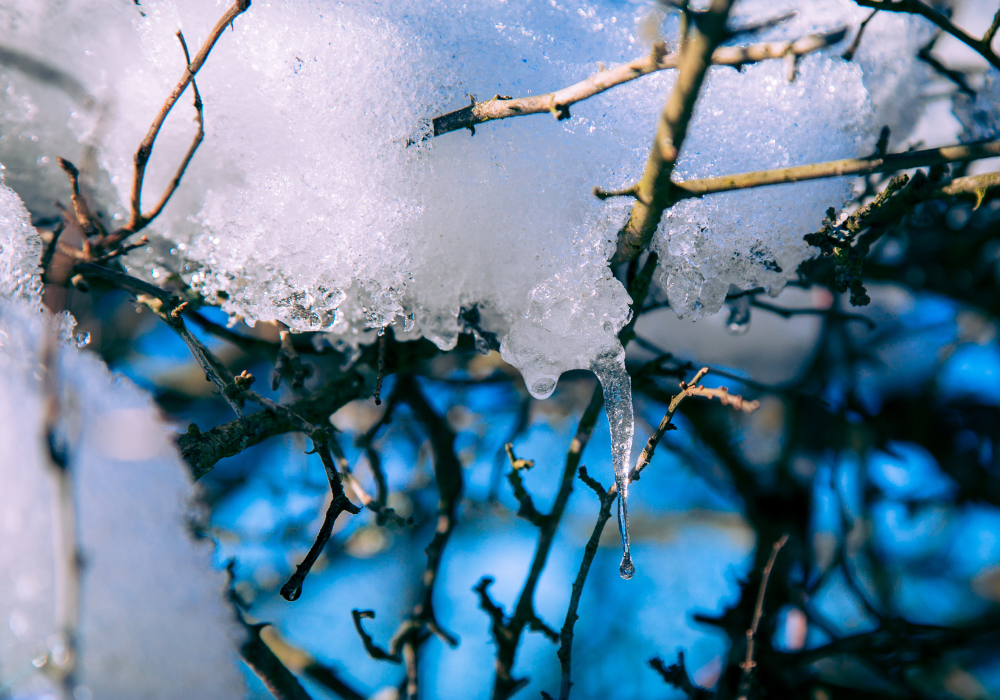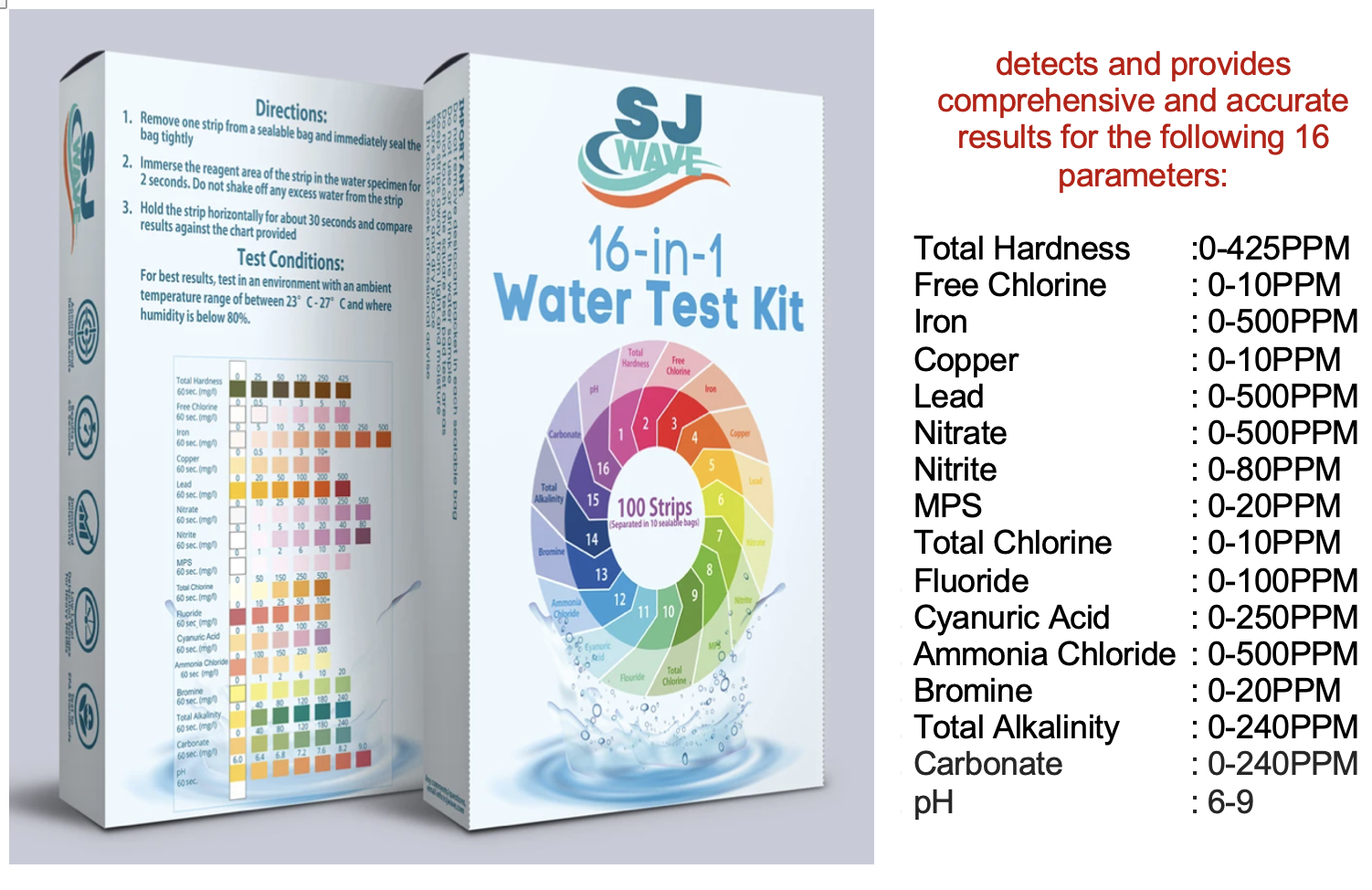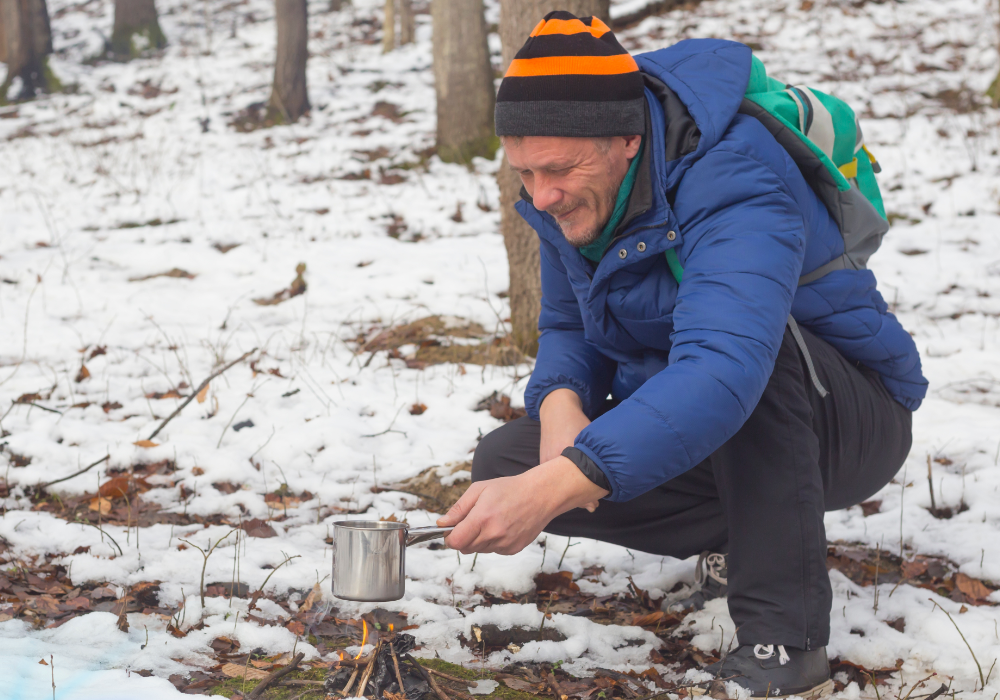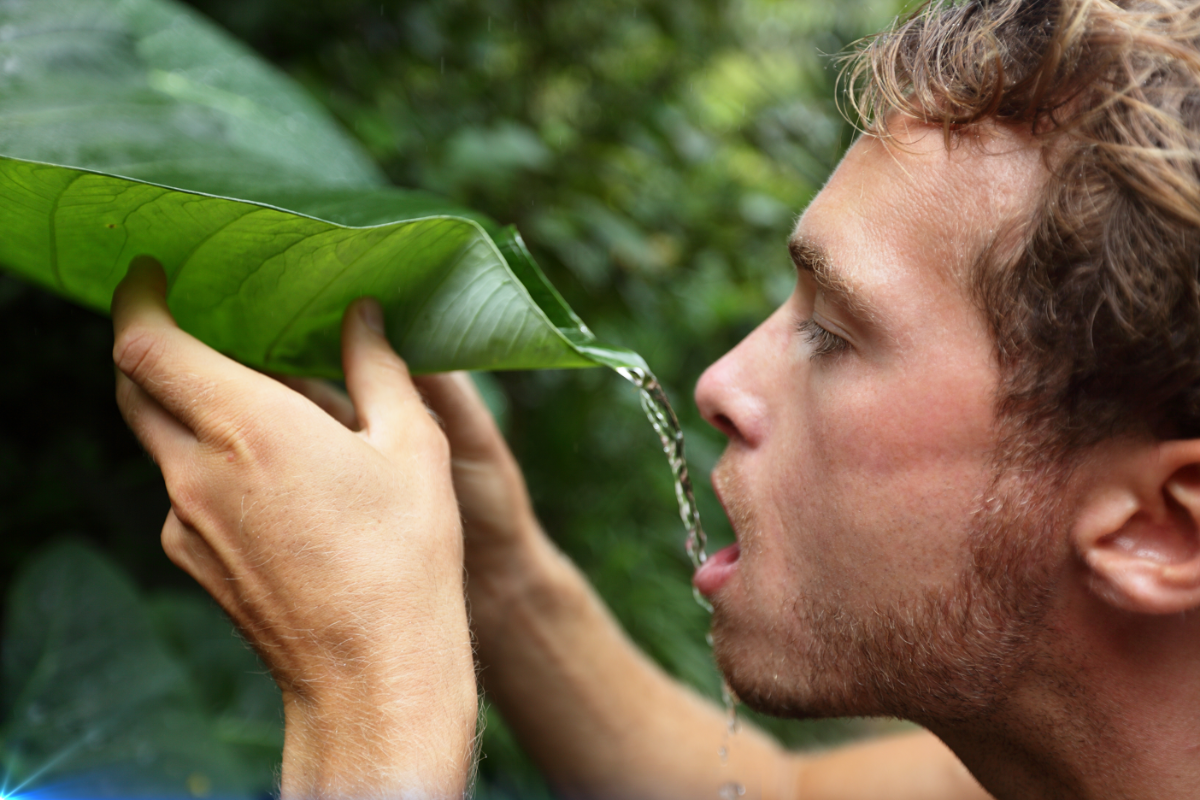
Survival Tips on Finding Clean Drinking Water Sources in the Wild
When you're in the wild, finding clean drinking water is essential for your survival. Untreated water can carry harmful pathogens and toxins, posing serious health risks. This guide will help you locate water sources in the wild and ensure they are safe for consumption while emphasizing the importance of using water test kits.
Locating Water Sources
Using Water Test Kits
Natural water sources can harbor a variety of harmful pathogens, including bacteria, viruses, and parasites, which can cause severe illnesses, if ingested. Outdoor water can also contain chemical contaminants like pesticides, heavy metals, and industrial pollutants, which are not always detectable by sight, smell, or taste. By using water test kits, you can accurately identify these contaminants and ensure that the water is safe to drink, thereby protecting yourself from potential health hazards.
Home water test kits like SJ Wave 16-in-1 Drinking Water Test Kit comes in handy resealable packs that are perfect even for travellers. They are easy to use and can give you accurate results in seconds. Visit the SJ Wave website and find out more about their complete water testing solutions.
Purifying Water
Purifying water sourced outdoors is essential to ensure its safety for consumption. Consuming untreated water can lead to serious illnesses, which can be life-threatening in survival situations. By using the following appropriate testing and purification methods, you can secure clean drinking water and maintain your well-being in survival situations.
ChemicalTreatment
-
Water purification tablets, which often contain chlorine or iodine, are convenient and effective for killing bacteria, viruses, and some protozoa.
-
Household bleach can be used by adding 2 drops of unscented bleach per liter of water, mixing well, and letting it sit for 30minutes.
-
Iodine is another option. Add 5 drops of tincture of iodine per liter of clear water, or 10 drops if the water is cloudy, and wait for 30 minutes.
Surviving in the wild hinges on the ability to find and purify water from natural sources. Employing effective purification methods and testing the quality of your water even after purification ensures the water you consume is free from harmful pathogens and contaminants. By mastering these techniques, you enhance your ability to maintain health and well-being in challenging outdoor environments.


